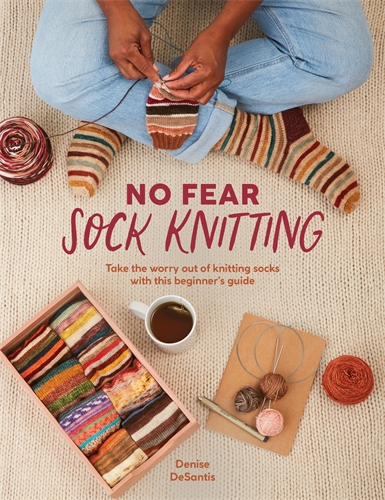Two needle bind offs are a technique used to bind off stitches when finishing a knitting project. There are two types of two needle bind offs: the three needle bind off and Elizabeth Zimmermann’s easy bind off.
Three needle bind off is a technique used to bind off shoulder seams, as it is not very elastic and will keep the shoulder from growing and stretching. To do this, you will need two pieces of knitting with live stitches on their needles and the same amount of stitches on each needle. With the right sides facing, hold the two pieces with their needles in your left hand and take a third needle. Insert the tip of the third needle knit-wise into the first stitch of each left hand needle, wrap the yarn around the right hand needle and pull through both stitches, leaving the resulting stitch on the right hand needle. Insert the third needle into the next stitch on each of the left hand needles, wrap the yarn again and pull through, leaving the resulting stitch on the right hand needle. Repeat this process until only one stitch remains on the right needle and no more stitches are on the left needle. Cut the yarn and pull it through the loop on the right needle to lock the stitches and weave in the end.
Elizabeth Zimmermann’s easy bind off is another technique that mimics the cast on edge created by the long tail cast on almost exactly. Cut the end of the yarn about 4 times as long as the edge you are binding off and thread the end onto a tapestry or other blunt needle. Starting on the left, gently slip the first two stitches off the needle and take your tapestry needle and insert it into the two stitches that are loose, the stitch closest to the needle first and then the end stitch. Pull the yarn through loosely, but not too loose. Slip one more stitch off the knitting needle and thread the tapestry needle through it and the stitch closest to it that is already off the needle. Continue across the row until there are no more stitches on the needle. Cut the yarn about 4 inches or 10 centimeters back, and pull it through the loop on the right needle, locking the stitches and then weave in the end.

 I feel like when it comes to things that people are afraid to knit, socks probably top the list. I’ve heard people say they would never knit socks because they look too hard, but really you just need to know a few basic things (and trust the pattern even though it sounds wrong the first time you do it) to master socks.
I feel like when it comes to things that people are afraid to knit, socks probably top the list. I’ve heard people say they would never knit socks because they look too hard, but really you just need to know a few basic things (and trust the pattern even though it sounds wrong the first time you do it) to master socks.